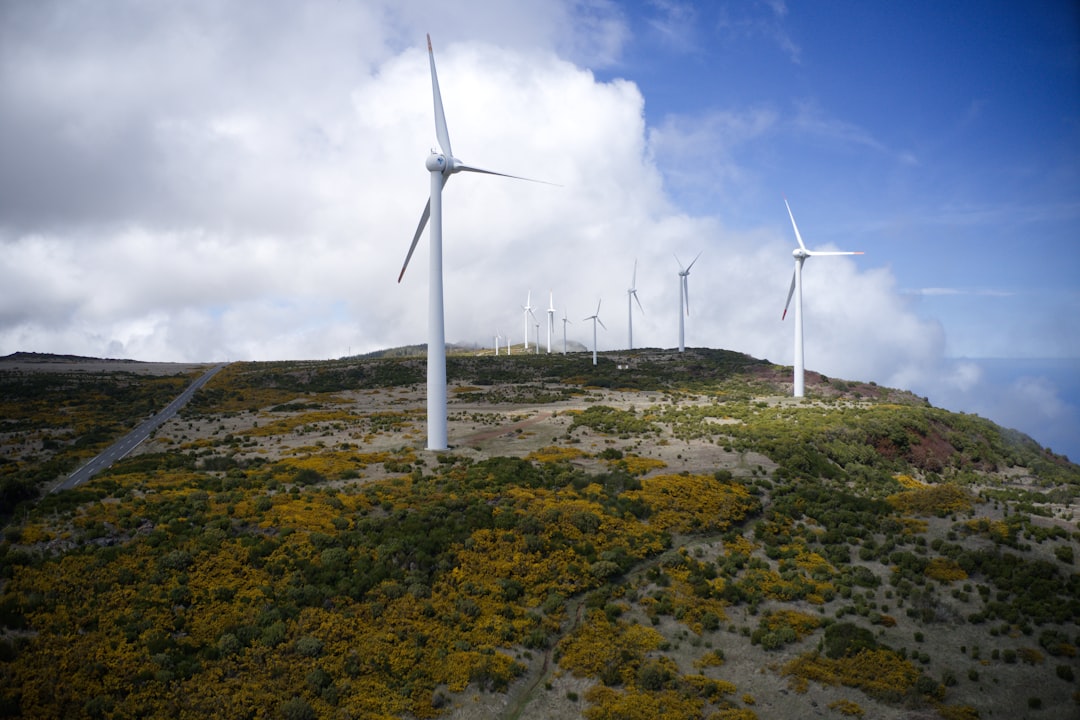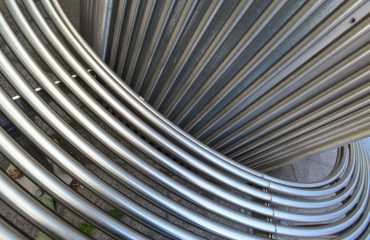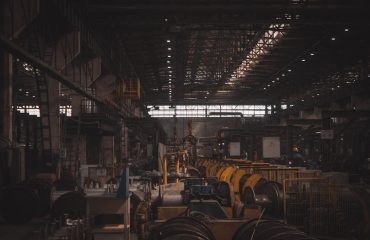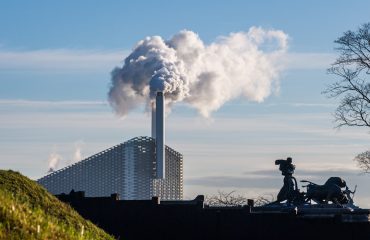Wind turbines are transforming our energy landscape, harnessing the power of the wind to generate clean electricity. While the blades often steal the show, the unsung heroes of this renewable energy revolution are the towering steel structures that support them. These steel towers are critical to the efficient and safe operation of wind turbines, and their design, construction, and maintenance are complex engineering feats. This blog post delves into the fascinating world of steel towers in wind turbines, exploring their vital role in the renewable energy sector.
1. The Design and Engineering Marvels of Wind Turbine Steel Towers
Wind turbine towers face immense stresses: the constant force of the wind, the weight of the nacelle and rotor, and the dynamic loads generated during operation. Design engineers must account for these forces using sophisticated computer models and simulations. Factors influencing tower design include turbine capacity (megawatts), hub height (the height of the rotor hub above ground level), wind conditions at the site (including wind speed, turbulence, and icing), and soil conditions. The design process typically involves finite element analysis (FEA) to optimize the tower’s geometry and material selection for maximum strength and minimum weight. This optimization is crucial for minimizing material costs and maximizing energy production.
Several tower designs exist, including tubular towers (the most common), lattice towers (used in older or smaller turbines), and hybrid designs. Tubular towers are usually made from welded steel sections, offering a high strength-to-weight ratio. Lattice towers, while lighter, are generally less efficient for larger turbines due to higher material usage and increased maintenance requirements. The choice of design hinges on factors like cost, site accessibility, and the overall turbine specifications.
2. Steel Selection and Fabrication: Forging the Pillars of Wind Power
The selection of steel for wind turbine towers is critical. High-strength low-alloy (HSLA) steels are commonly used due to their excellent combination of strength, weldability, and fatigue resistance. These steels are specifically designed to withstand the cyclical loading imposed by the wind and the turbine’s operation. The steel’s yield strength and tensile strength are key parameters considered during selection, as these properties directly influence the tower’s ability to resist buckling and failure.
The fabrication process is a complex undertaking. Large steel plates and sections are cut, formed, and welded together with precision. Advanced welding techniques, such as submerged arc welding (SAW) and flux-cored arc welding (FCAW), are employed to ensure high-quality welds that meet stringent industry standards. Non-destructive testing (NDT) methods, including ultrasonic testing and radiographic inspection, are used throughout the fabrication process to detect any flaws or defects that could compromise the tower’s structural integrity.
3. Erection and Transportation: Getting the Giant to its Destination
Transporting and erecting wind turbine towers is a logistical challenge. Depending on the size of the tower and the accessibility of the site, specialized heavy-lift equipment, including cranes and specialized trailers, is used. The tower sections are often transported in segments and assembled on-site. The erection process requires careful planning and execution to ensure the safety of personnel and equipment. Precise lifting and positioning are paramount to avoid misalignment and potential damage during assembly.
The use of crawler cranes is common for larger turbines, as these cranes offer high lifting capacity and stability on uneven terrain. Innovative techniques, such as the use of self-erecting cranes integrated into the tower sections, are being developed to reduce the reliance on external heavy-lift equipment and streamline the erection process, especially in remote locations.
4. Maintenance and Inspection: Ensuring Long-Term Performance
Regular maintenance and inspection are crucial for ensuring the long-term performance and safety of wind turbine towers. Visual inspections are conducted to check for signs of corrosion, damage, or wear. More detailed inspections, such as ultrasonic testing and magnetic particle inspection, may be performed periodically to detect internal flaws or defects that are not visible to the naked eye. Corrosion protection is paramount, and protective coatings, such as paint or specialized anti-corrosion systems, are applied to protect the steel from the elements.
The frequency of inspections depends on several factors, including the age of the tower, environmental conditions, and the turbine’s operating history. Regular maintenance ensures early detection of potential problems, preventing costly repairs or replacements and maximizing the turbine’s operational lifespan. Advanced monitoring systems, using sensors embedded in the tower, are increasingly being used to provide real-time data on the tower’s structural health and performance.
5. Future Trends and Innovations in Steel Tower Technology
The wind energy industry is constantly evolving, and innovation in steel tower technology is playing a vital role in improving efficiency and reducing costs. Research is focused on developing new high-strength steels with enhanced properties, such as improved fatigue resistance and corrosion protection. The use of advanced manufacturing techniques, such as 3D printing and robotic welding, is also being explored to improve the precision and efficiency of the fabrication process.
Furthermore, innovative designs are being developed to reduce the weight and improve the aerodynamic performance of wind turbine towers. This includes exploring alternative tower geometries and materials, such as composite materials, to reduce the overall weight and improve the efficiency of the turbine. The integration of smart sensors and advanced monitoring systems will continue to play a crucial role in optimizing maintenance schedules and ensuring the long-term reliability of wind turbine towers.
In conclusion, steel towers are the backbone of the wind energy revolution. Their design, construction, and maintenance are complex engineering challenges that require careful planning and execution. Ongoing innovation in materials, manufacturing, and design will continue to drive improvements in the performance, reliability, and cost-effectiveness of wind turbine towers, ensuring a sustainable future for wind power.
Tags: wind turbine towers, steel towers, wind energy, turbine construction, tower design




